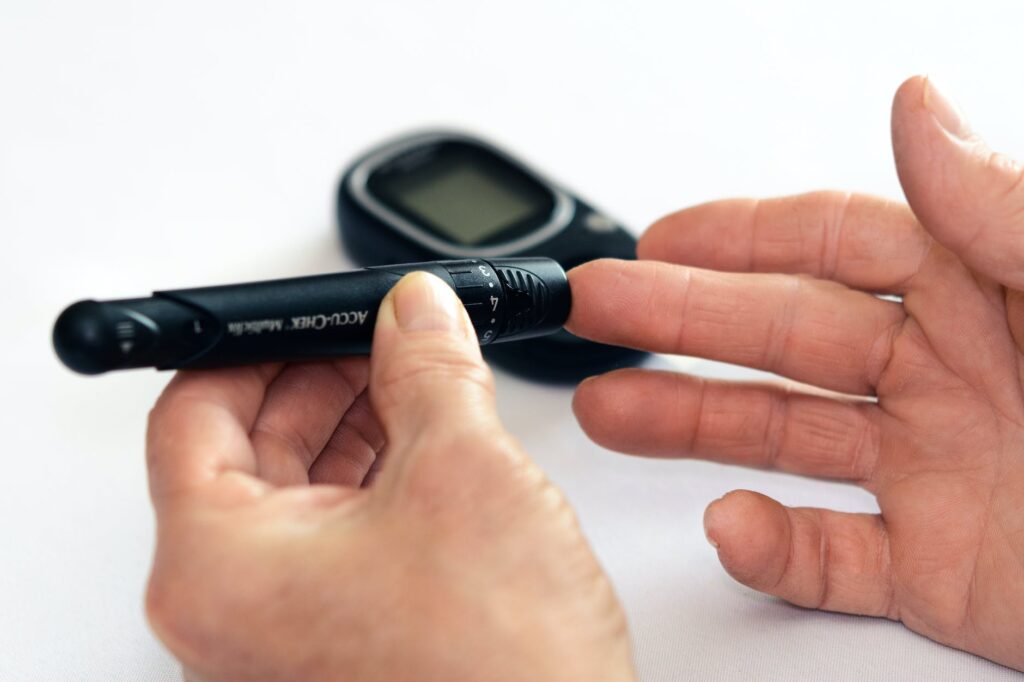
Introduction
Diabetes can be a frightening diagnosis to learn, especially if it’s your child who’s been diagnosed. While the disease is manageable and even treatable with proper care, it can still cause complications that may lead to serious health issues if not properly managed. In this article,Dr Louis Hampers will walk you through everything you need to know about pediatric diabetes, including symptoms and treatment options for both Type 1 and Type 2 diabetes. We’ll also provide you with tips on managing the condition so your child can live as healthy—and happy—a life as possible!
Diabetes is a serious disease that can strike anyone at any time.
Diabetes is a serious disease that can strike anyone at any time. It’s important to understand the risks and symptoms of diabetes, as well as how to prevent and manage it.
Diabetes is a lifelong condition, so you should be prepared for your child’s long-term care needs.
The most common type of diabetes is known as Type 2 diabetes.
- The most common type of diabetes is known as Type 2 diabetes.
- It’s usually caused by being overweight or obese and having a family history of the disease.
- If you have this type, it can lead to serious health problems like heart disease and stroke.
Children who have Type 1 diabetes need to be treated with insulin injections or an insulin pump.
Type 1 diabetes is an autoimmune disease. That means your child’s immune system, which normally protects the body from infection and illness, attacks and destroys the cells that make insulin.
In Type 1 diabetes, this destruction happens completely out of the blue; there’s no way to predict who will develop it or when they’ll get it. It isn’t caused by eating too much sugar or being overweight (though these things can make it harder for people with Type 2 diabetes who already have some level of insulin resistance).
The symptoms of Type 1 and Type 2 diabetes are similar.
It’s important to note that the symptoms of Type 1 and Type 2 diabetes are similar. For example, both types can cause frequent urination, thirst, and dry mouth. Both also result in weight loss and fatigue as blood glucose levels fluctuate widely from high to low (and back again).
The main difference between the two types is how long it takes for symptoms to appear after eating carbohydrate-rich foods like pasta or bread–and this difference could be crucial when identifying your child’s condition early on. In children with Type 1 diabetes who haven’t been diagnosed yet but have already developed an autoimmune response against their own pancreas cells (which produce insulin), they may experience symptoms within hours or days after eating carbohydrate-rich foods like pasta or bread; whereas in adults who have developed resistance against insulin secretion by their own beta cells due to lifestyle choices such as overeating fatty foods over time will take longer than just one meal before showing any signs of high blood sugar levels
Conclusion
It’s important to understand that diabetes is a serious disease. The symptoms can be similar in both types of diabetes, so it’s crucial to get a proper diagnosis as soon as possible. Once diagnosed with Type 1 or Type 2 diabetes, your child will need regular checkups and insulin injections to keep their blood sugar levels under control.